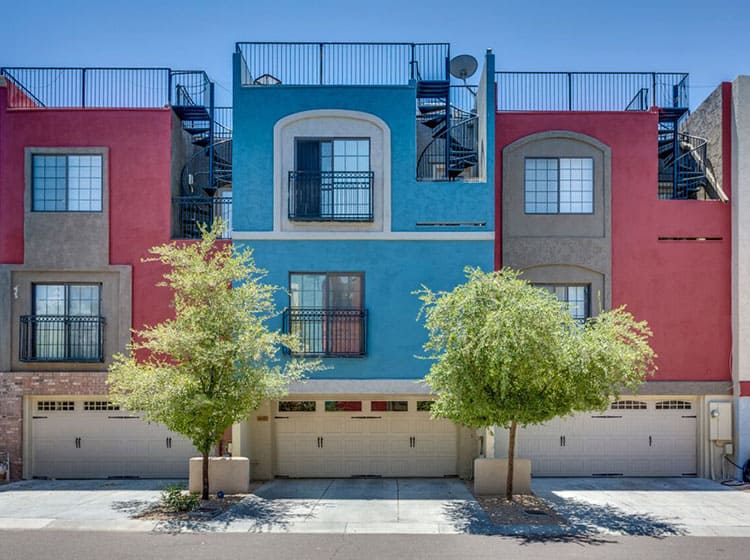The Significance Of Climate In Commercial Exterior Paint: What You Must Understand
The Significance Of Climate In Commercial Exterior Paint: What You Must Understand
Blog Article
Post Developed By-Rode Stiles
When you're intending a business exterior paint job, do not underestimate the impact of climate on your results. You need to take into consideration variables like temperature, humidity, and precipitation, as they can make or damage your paint work. As an example, did you understand that excellent problems call for certain temperature level ranges and humidity levels? Stopping working to keep track of these elements can bring about irregular finishes or perhaps damages to fresh paint. Comprehending these aspects is key to accomplishing a resilient, expert result. So, what certain weather should you be wary of?
Temperature Considerations
When it concerns industrial outside painting, temperature level plays a critical function in the end result of your job. If you're painting in extreme warm, the paint can dry out too rapidly, resulting in concerns like bad bond and uneven coatings. You want to go for temperature levels between 50 ° F and 85 ° F for the best outcomes. Listed below 50 ° F, paint might not cure properly, while over 85 ° F, you risk blistering and breaking.
Timing your task with the appropriate temperatures is necessary. Begin your job early in the early morning or later in the afternoon when it's cooler, specifically during hot months.
Additionally, think about the surface area temperature level; it can be significantly higher than the air temperature, particularly on warm days. Utilize Check This Out to inspect this prior to you begin.
If painter are unpredictable, keep an eye on the weather prediction. Unexpected temperature decreases or heat waves can thwart your strategies. You do not want to begin painting just to have the conditions change mid-project.
Moisture Degrees
Humidity degrees significantly affect the success of your business exterior painting job. When the humidity is too expensive, it can hinder paint drying and healing, leading to a range of issues like bad bond and finish quality.
If you're intending a job during moist problems, you may locate that the paint takes longer to completely dry, which can expand your project timeline and boost expenses.
On the other hand, reduced moisture can likewise posture challenges. Paint may dry as well swiftly, stopping correct application and leading to an irregular coating.
You'll intend to check the moisture degrees very closely to ensure you're functioning within the optimal array, commonly between 40% and 70%.
To get the most effective outcomes, take into consideration utilizing a hygrometer to gauge moisture before starting your job.
If you locate the degrees are outside the ideal range, you may need to adjust your routine or select paints made for variable problems.
Always get in touch with the supplier's guidelines for specific recommendations on moisture resistance.
Rainfall Influence
Rain or snow can substantially interrupt your commercial exterior painting plans. When precipitation takes place, it can get rid of freshly applied paint or develop an uneven finish. Ideally, view site… want to select days with completely dry climate to make sure the paint adheres effectively and remedies efficiently. If you're captured in a rain shower, it's finest to halt the job and await conditions to improve.
In addition, snow can be much more destructive. Not only does it create a damp surface area, yet it can also lower temperature levels, making it tough for paint to dry. This can cause problems like peeling off or blistering down the line.
It's essential to inspect the weather prediction prior to starting your project. If rain or snow is forecasted, consider rescheduling.
Constantly remember to enable sufficient drying out time in between coats, particularly if the weather remains unforeseeable.
Final thought
Finally, watching on the weather is important for a successful commercial outside painting task. By keeping an eye on temperature level, humidity, and rainfall, you can ensure the best conditions for application and curing. Bear in mind to intend your job around beneficial climate and always follow supplier standards. With the right strategy, you'll achieve a lasting, beautiful finish that can hold up against the aspects. Do not allow the weather condition catch you off guard-- stay informed and paint clever!
